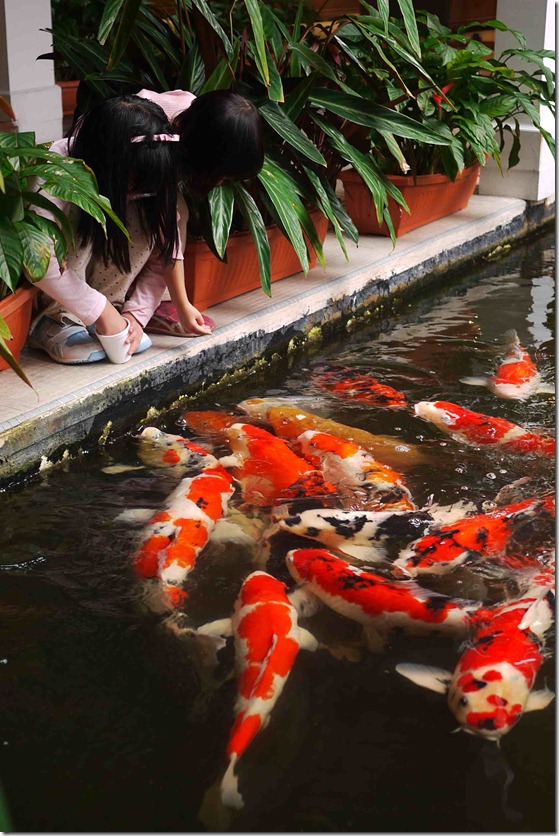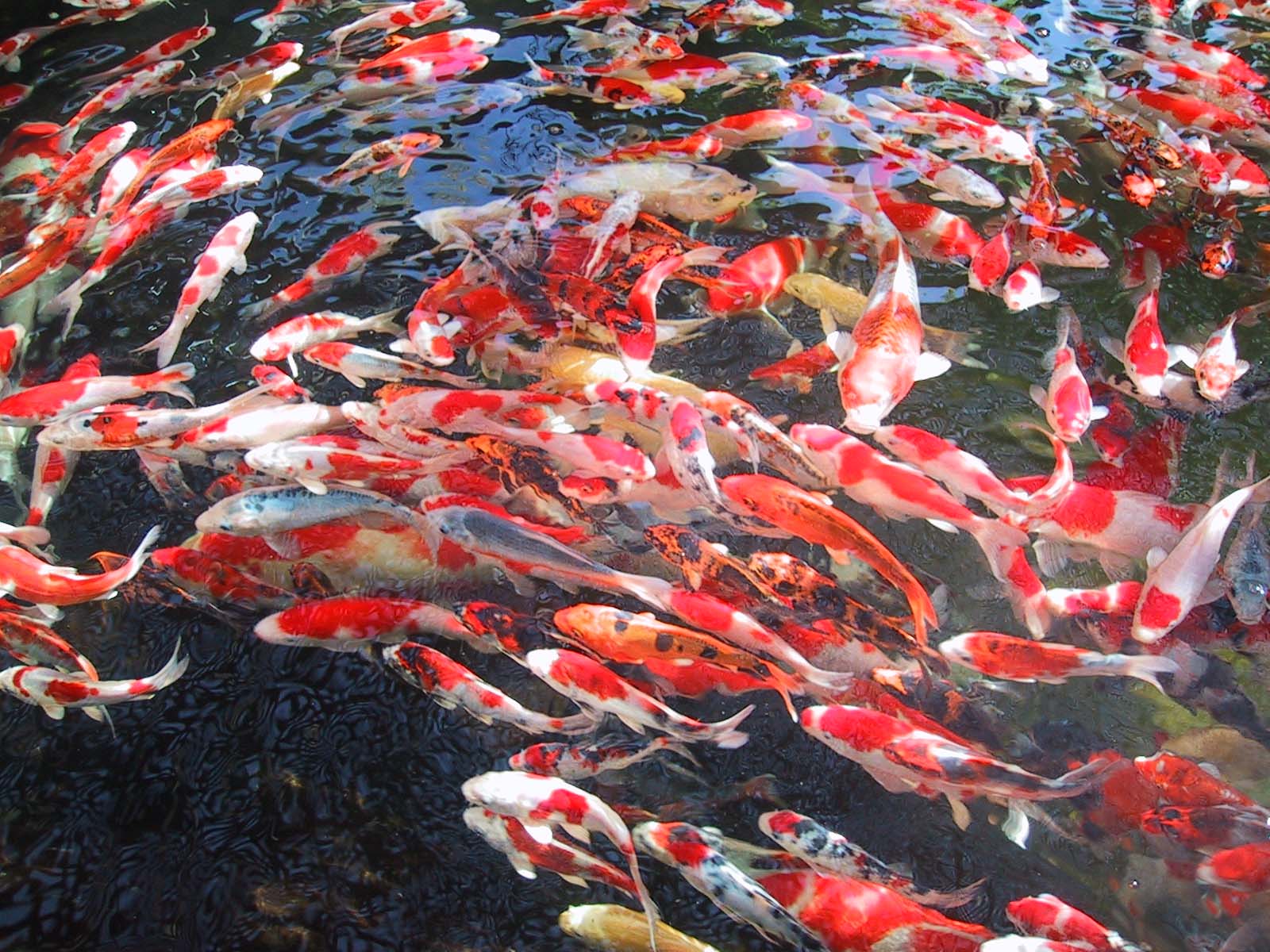
Unlocking the Secrets to Healthy Koi Pond Fish: Battling Bacteria for a Vibrant Oasis
Unlocking the Secrets to Healthy Koi Pond Fish: Battling Bacteria for a Vibrant Oasis

Owning a breathtaking koi pond is a dream for many enthusiasts. The serene water, the vibrant colors of the fish, and the tranquil atmosphere make it a perfect addition to any garden. However, maintaining the health and well-being of your koi fish can be a complex undertaking. One of the crucial challenges you may encounter is combating bacteria that can affect the vitality of your beloved fish.
Understanding Bacteria in Koi Pond Fish

Bacteria are a natural part of any aquatic ecosystem, including your koi pond. Most bacteria are harmless or even beneficial in controlled amounts, assisting in the decomposition of organic matter. However, certain bacteria can cause infections and diseases in koi fish, leading to severe health issues and sometimes even death.
Two common culprits that may threaten the well-being of your prized koi are Aeromonas and Pseudomonas bacteria. Aeromonas infections typically manifest as reddening of the skin, ulcers, and fin rot. On the other hand, Pseudomonas infections often result in tail and fin rot, as well as issues with scales and coloration. Understanding how these bacteria affect your fish is crucial for creating a defense strategy.
Maintaining a Clean and Balanced Pond Environment
To foster a healthy koi pond, it’s essential to maintain a clean and balanced environment. Unfavorable water conditions can weaken your fish’s immune systems, making them more susceptible to bacterial infections. Follow these key steps to ensure a harmonious pond ecosystem:
- Regular water testing: Test the water parameters, including pH, ammonia, nitrate, and nitrite levels, to identify any imbalances that could predispose your koi to bacteria-related issues.
- Appropriate filtration system: Install a reliable filtration system that meets the demands of your pond’s size and the number of fish. A well-maintained filter helps remove excess organic matter and provides a healthier environment.
- Proper aeration and circulation: Oxygenate the water by using aerators or waterfalls to maintain optimal oxygen levels. Stagnant water encourages the growth of harmful bacteria.
- Avoid overfeeding: Overfeeding can lead to excessive waste, polluting the pond and triggering the growth of harmful bacteria. Feed your koi the appropriate amount for their size and adjust based on temperature.
Preventing Bacterial Infections in Koi Pond Fish

Prevention is the cornerstone of keeping your koi pond fish healthy and free from harmful bacteria. Implement these preventive measures to safeguard the well-being of your captivating fish:
- Quarantine new fish: Before introducing new koi to your pond, quarantine them in a separate tank for a few weeks. This allows you to observe and treat any potential infections without risking the health of other fish.
- Maintain excellent water quality: Regularly test the water parameters mentioned earlier and take prompt action to rectify any imbalances. Clean the pond regularly, removing debris and decaying plant matter.
- Perform health check-ups: Observe your fish’s behavior, appetite, and appearance daily. Identify any signs of infection or distress and seek immediate treatment from a qualified aquatic veterinarian.
- Avoid overcrowding: Overcrowding stresses your koi and increases the likelihood of bacterial outbreaks. Ensure sufficient space for each fish, following recommended guidelines for pond capacity.
Treating Bacterial Infections in Koi Pond Fish
In the unfortunate event that your koi fish do contract a bacterial infection, early detection and prompt treatment are essential for their recovery. Consulting with a fish health professional is highly recommended, as they can accurately diagnose the infection and prescribe an appropriate treatment plan. Common treatment options can include topical treatments, medicated baths, and oral antibiotics if necessary.
Final Thoughts
.jpg)
Maintaining a beautiful and thriving koi pond is not just about aesthetics; it’s about creating a haven for your fish to flourish. By understanding the bacteria that can pose a threat and implementing preventive measures, you can significantly reduce the risk of infections and create an environment where your koi can thrive.